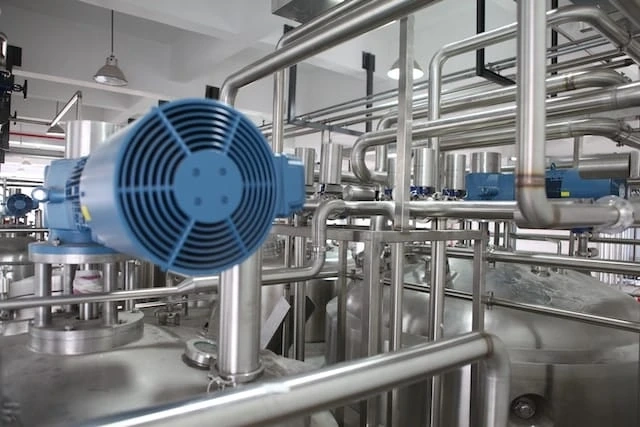Industrial heating applications demand precise temperature control and robust safety measures to ensure efficient operations and prevent accidents. Cartridge heaters and circulation heaters are two prominent types of heaters that offer unique features to address temperature control and safety concerns in various industries. In this article, we will delve into the temperature control and safety features of these heaters, highlighting their benefits and applications.
Temperature Control in Cartridge Heaters
- Precision Temperature Regulation: Cartridge heaters are known for their ability to provide accurate and localized temperature control. They can reach high temperatures quickly and maintain a consistent temperature within tight tolerances.
- Fast Response Times: Cartridge Heater offer rapid heat-up and cool-down times due to their direct contact with the heated material. This quick response is crucial for processes requiring swift temperature changes.
- Zone Heating: In applications where different parts of a process require different temperatures, multiple cartridge heaters can be strategically placed to provide zone heating, ensuring precise temperature profiles.
Temperature Control in Circulation Heaters
- Advanced Temperature Controllers: Many modern circulation heaters come equipped with advanced temperature control systems. These controllers utilize sensors and automation to regulate the fluid or gas temperature accurately, ensuring that the desired temperature is maintained consistently.
- Fluid Mixing: Some circulation heaters feature designs that promote fluid mixing as they heat. This prevents localized overheating and ensures uniform temperature distribution throughout the fluid or gas.
- Thermal Fluids: Circulation Heater can be designed to work with various types of thermal fluids, accommodating a wide range of temperature requirements. This flexibility makes them suitable for diverse industrial processes.
Safety Measures in Cartridge Heaters
- Thermal Overload Protection: Cartridge heaters often incorporate thermal overload protection mechanisms to prevent overheating and potential damage to the heater or the heated material.
- Ground Fault Protection: Ground fault protection features can detect electrical faults and shut down the heater to prevent electrical hazards and ensure operator safety.
- Insulation and Sheathing: The outer insulation and sheathing of cartridge heaters are designed to withstand high temperatures and provide electrical insulation, minimizing the risk of accidents.
Safety Measures in Circulation Heaters
- Pressure and Temperature Relief Valves: Circulation heaters in high-pressure systems can incorporate pressure and temperature relief valves to prevent overpressure situations, ensuring safe operation.
- Flow Switches: Flow switches can be integrated into circulation heaters to detect the presence of fluid or gas flow. If the flow is disrupted, the heater can automatically shut down, preventing overheating.
- Grounding and Electrical Safety: Proper grounding and insulation of circulation heaters are essential to prevent electrical hazards and ensure safe usage in various industrial environments.
Applications and Considerations
- Cartridge Heaters: These heaters find applications in industries such as plastics, packaging, and pharmaceuticals, where localized and precise heating is required. They are particularly suitable for molding, extrusion, and heat-sealing processes.
- Circulation Heaters: Industries like oil and gas, chemical processing, water treatment, and food production benefit from the efficient and consistent heating provided by circulation heaters. Proper consideration of fluid properties, pressure conditions, and regulatory compliance is crucial when selecting circulation heaters for specific applications.
Conclusion
Temperature control and safety are paramount in industrial heating applications. Cartridge heaters and circulation heaters offer unique features that cater to specific requirements in diverse industries. While cartridge heaters excel in localized and precise heating, circulation heaters ensure consistent and efficient heating of fluids or gases. By understanding the temperature control and safety features of these heaters, industries can make informed decisions to optimize their processes, enhance product quality, and maintain a secure working environment.



